Widely used in preschools in Sweden, the Reggio Emilia approach is an educational philosophy that has gained world-wide popularity due to its holistic approach, placing the natural development of the child at its core.
 Photo: Penn State/ Flickr (file)
Photo: Penn State/ Flickr (file)
Loris Malaguzzi, the founder of the Reggio Emilia approach, had a vision for a public school that aims to combine the children’s welfare, education and fundamental rights with the social needs of families. His philosophy is founded upon three central beliefs; firstly, each child is unique, secondly, children construct their own experience and thirdly, a child-centered approach is central to learning.
What is ‘Reggio Emilia’?
Reggio Emilia is named after a small city in northern Italy. After WWII and the destruction that it had caused, parents in Reggio Emilia decided that a new type of education needed to be established. Cue: Loris Malaguzzi, a local teacher and parent. Inspired by the ideas of pedagogical theorists such as John Dewey, Jean Piaget and Lev Vygotsky, she supplied the demand by founding the Reggio Emilia approach, an approach very different from the traditional school setting at the time.
One of the key principles in this approach is a belief in the positive image of the child. It builds on the concept that each child has the desire to connect with others, to engage in learning and to enter into a relationship with their environment.
What are its main principles?
-
Education based on Interrelationships – a network exists between the children, parents, and the teachers, all working towards the same purpose. This network creates cooperation, collaboration and co-construction of knowledge.
-
Each person constructs their own intelligence from direct interaction with the environment and in social groups.
-
Child-centered philosophy – the child’s interests guide the curriculum.
-
The teacher’s role is complex; they are learners alongside the children while they are also the researcher and contributor to the child’s capacity to learn.
-
The school environment is “the third teacher”; a positive environment encourages participation and discovery. Space is organized for projects and children’s work is displayed around the school. The arrangement of structures, objects, and activities encourages choice, problem-solving and curiosity.
-
Long-term projects are undertaken as vehicles for learning – ideas may spring from both the children and teachers.
-
Documentation is a key element; it communicates the life of the school and the development and learning process of each child using many sources, such as photographs, note-taking and the child’s work itself.
-
Real-life experience, such as field trips, allow children to question the world and develop theories.
The Hundred Languages of Children
A child has a hundred languages, but is robbed of ninety-nine. Schools and culture separate the head from the body, they force you to think without a body and to act without a head. Play and work, reality and imagination, science and the fantastic, the inside and the outside, are made into each other’s opposites.
– Loris Malaguzzi
In Reggio Emilia, there is an expression: “A child has a hundred languages.” Whilst children explore, investigate and test their ideas, they are encouraged to demonstrate their understanding through a symbolic language, of which children have many (such as drawing, painting, dramatic play, and writing).
Key to understanding the mind-set behind Malaguzzi’s approach to learning is her poem, the Hundred Languages of Children:
The Hundred Languages of Children
The child is made of one hundred.
The child has
a hundred languages
a hundred hands
a hundred thoughts
a hundred ways of thinking
of playing, of speaking.
A hundred.
Always a hundred
ways of listening
of marveling, of loving
a hundred joys
for singing and understanding
a hundred worlds
to discover
a hundred worlds
to invent
a hundred worlds
to dream.
The child has
a hundred languages
(and a hundred hundred hundred more)
but they steal ninety-nine.
The school and the culture
separate the head from the body.
They tell the child:
to think without hands
to do without head
to listen and not to speak
to understand without joy
to love and to marvel
only at Easter and at Christmas.
They tell the child:
to discover the world already there
and of the hundred
they steal ninety-nine.
They tell the child:
that work and play
reality and fantasy
science and imagination
sky and earth
reason and dream
are things
that do not belong together.
And thus they tell the child
that the hundred is not there.
The child says:
No way. The hundred is there.
-Loris Malaguzzi
Founder of the Reggio Emilia Approach
For more information about this approach, contact the Reggio Emilia Institute in Sweden. They organize workshops and can provide material for you to read.
Sources:
Dodd-Nufrio, A.T. Reggio Emilia, Maria Montessori, and John Dewey (2011). Early Childhood Education Journal, 39, pp. 235-237.
Reggio Emilia Institutet, Stockholm www.reggioemilia.se
Reggio Emilia Organization, New Zealand www.reggioemilia.org.nz
Sarit Grinberg

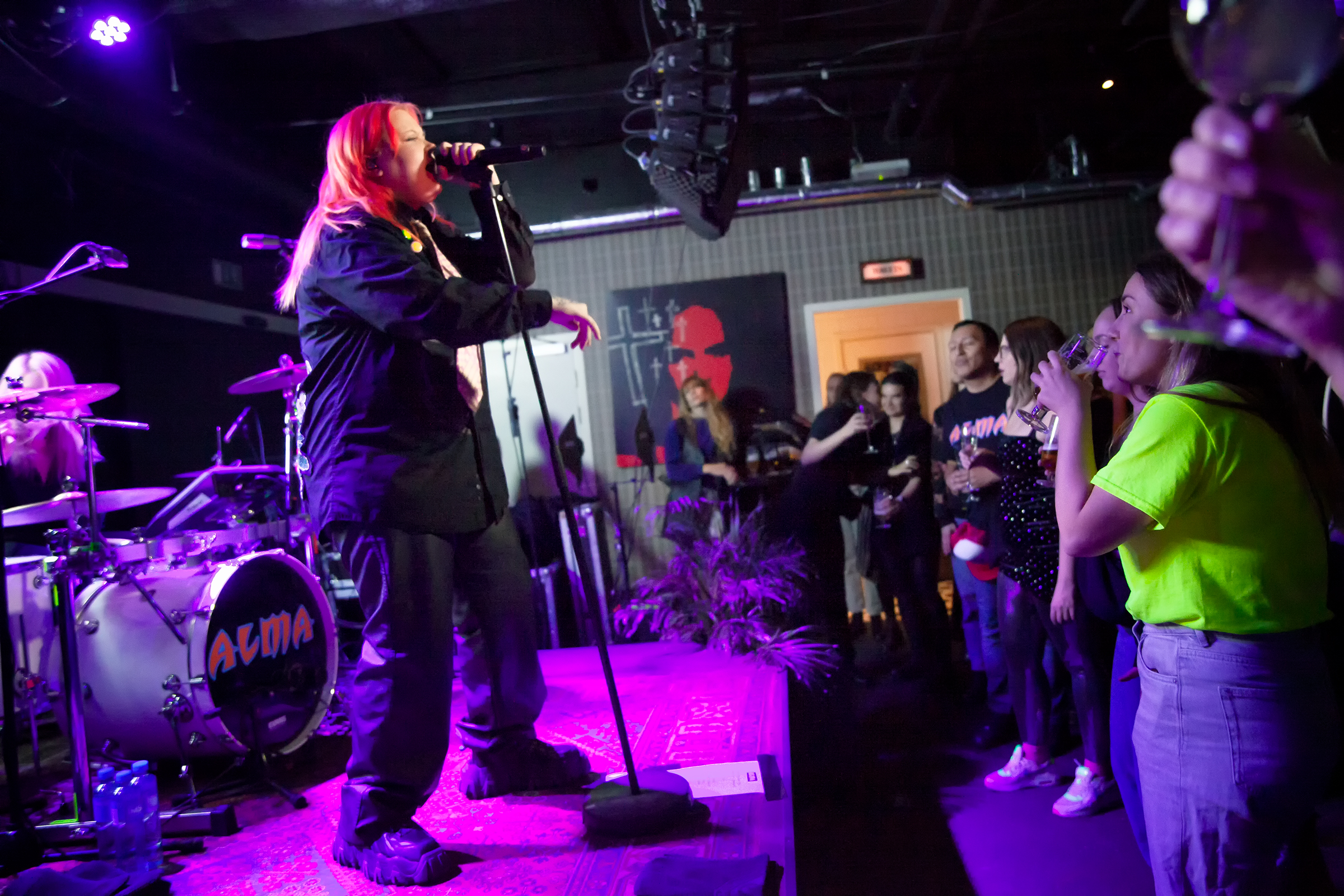
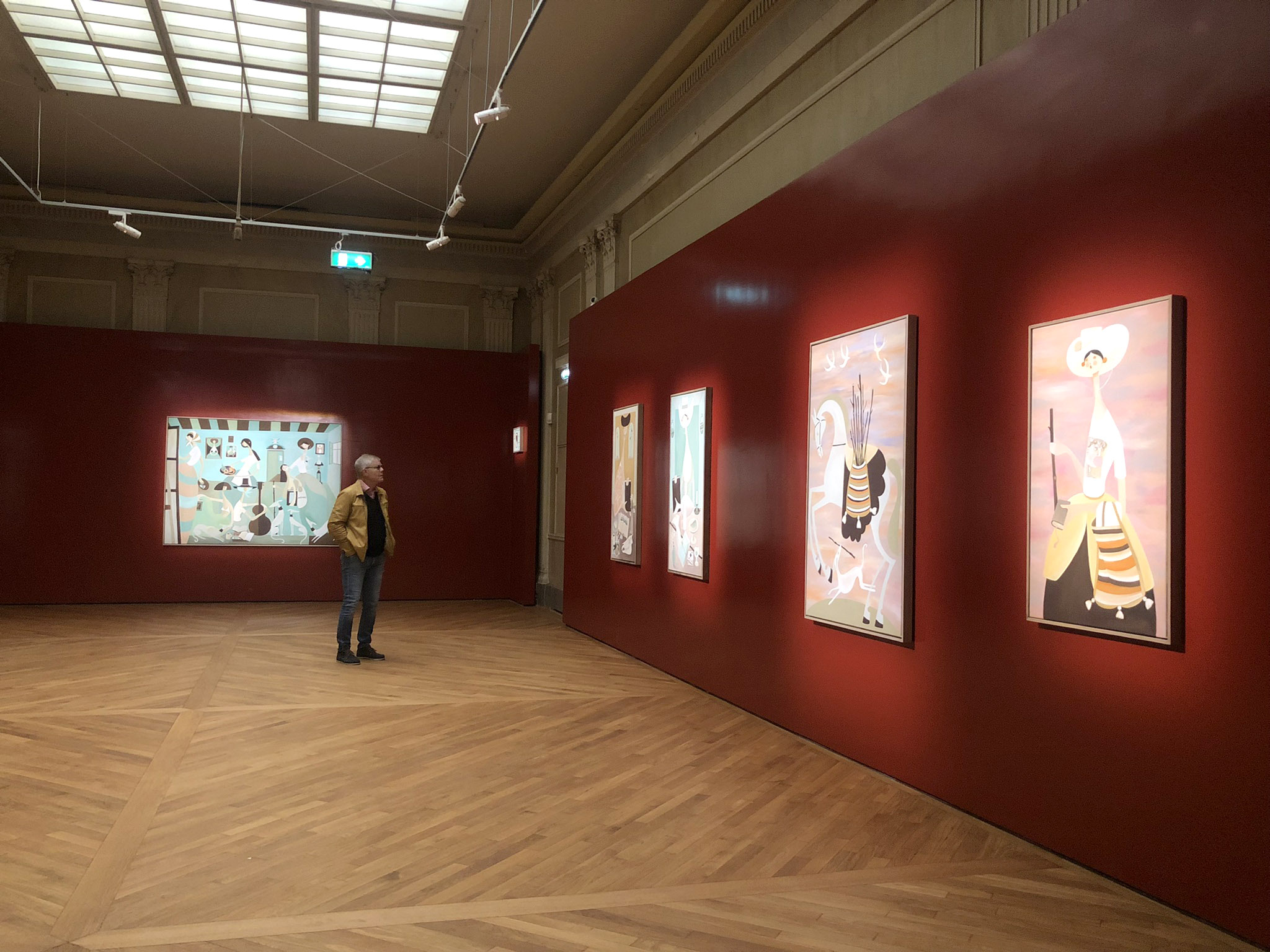


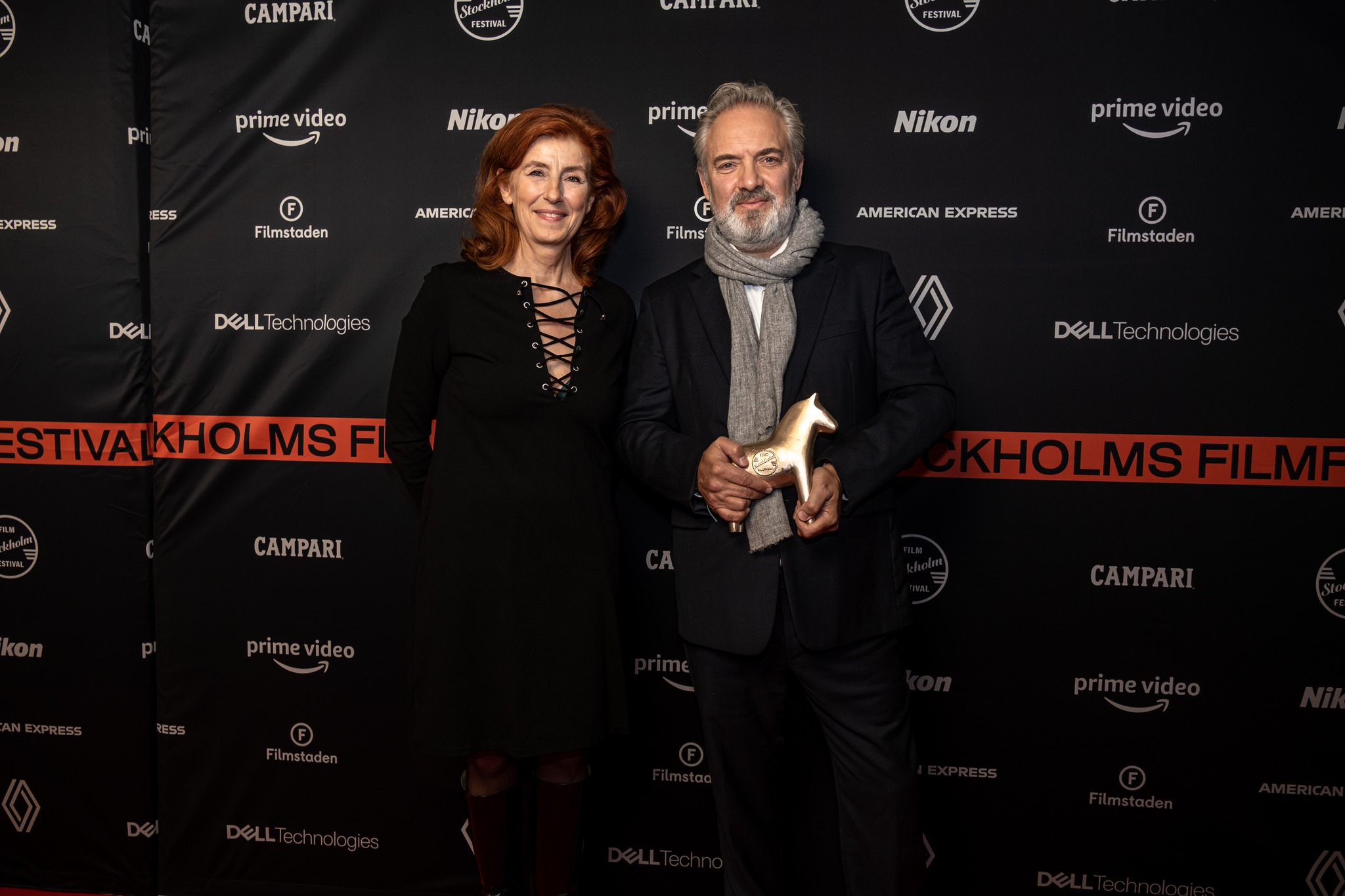
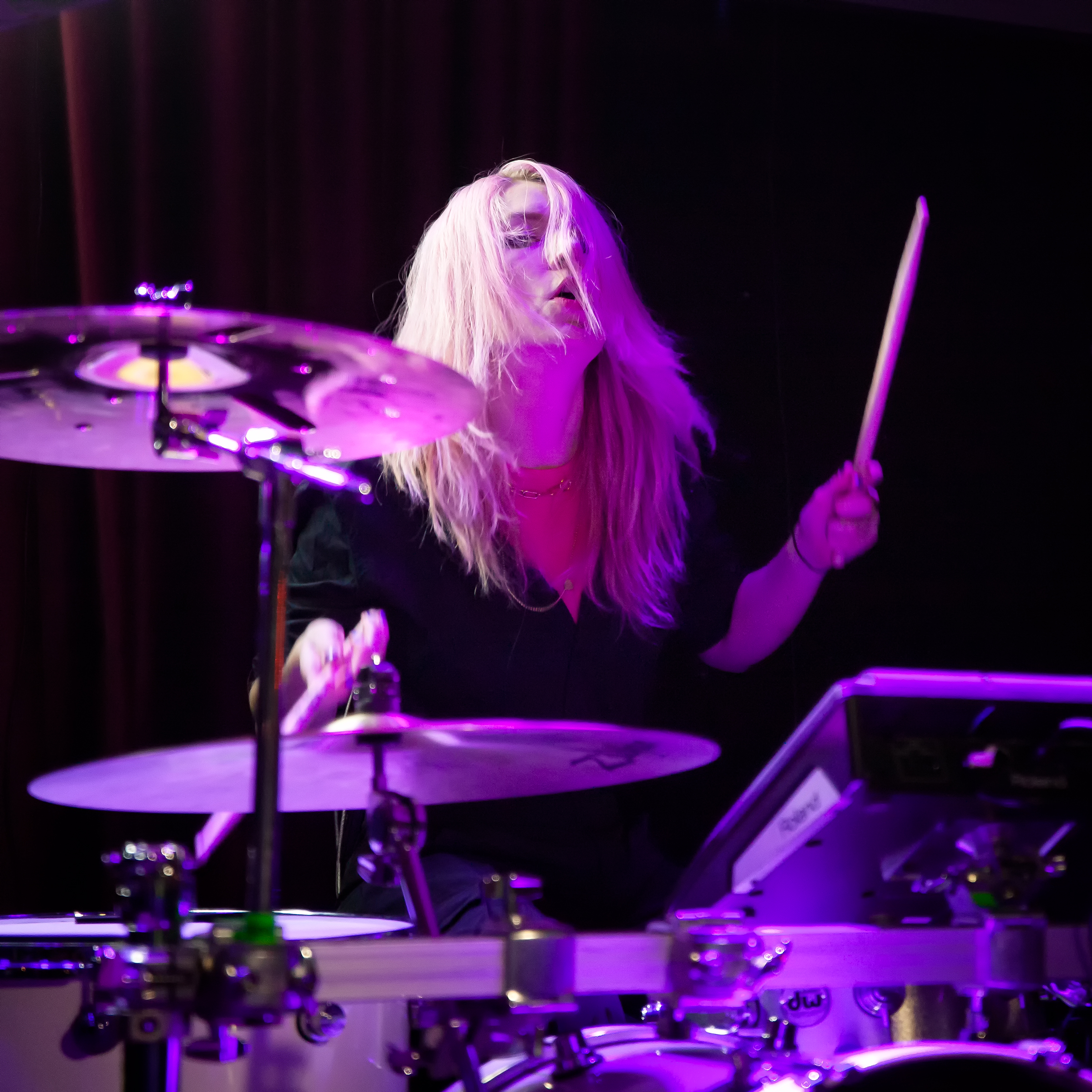


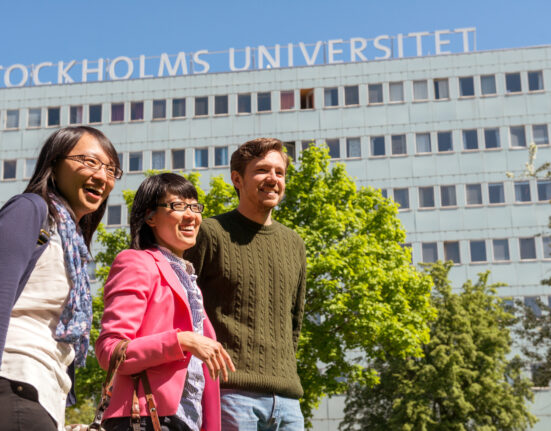

1 Comment